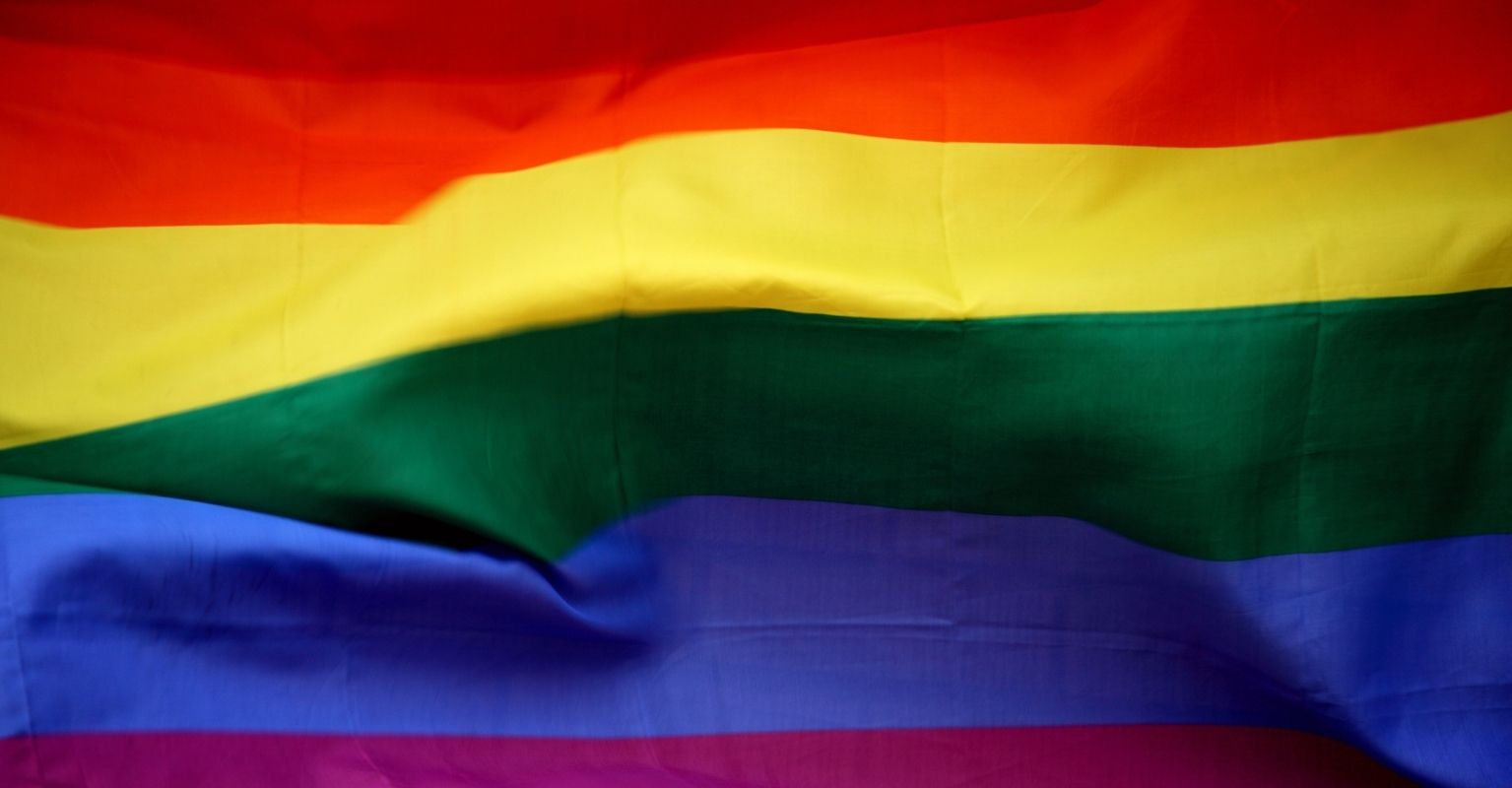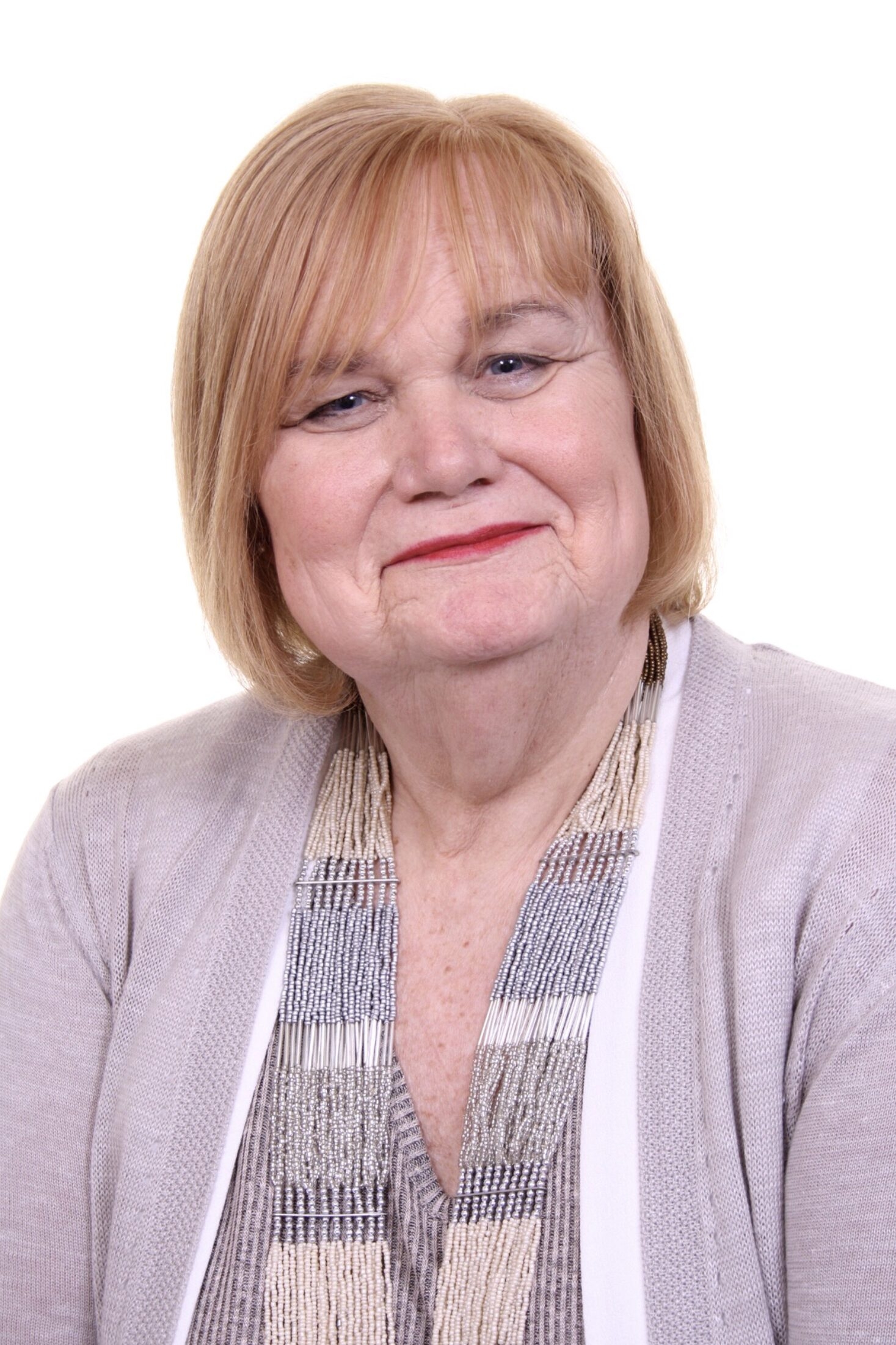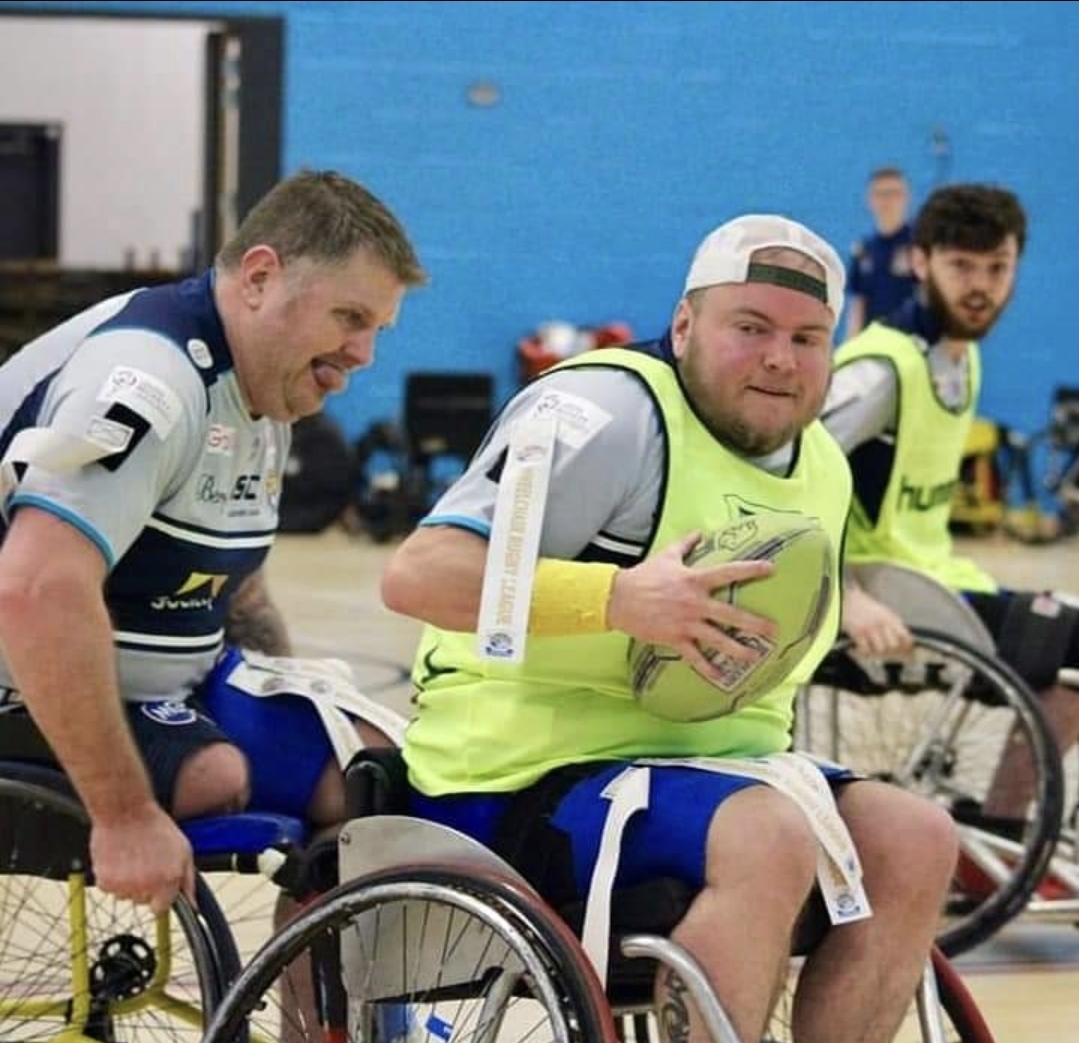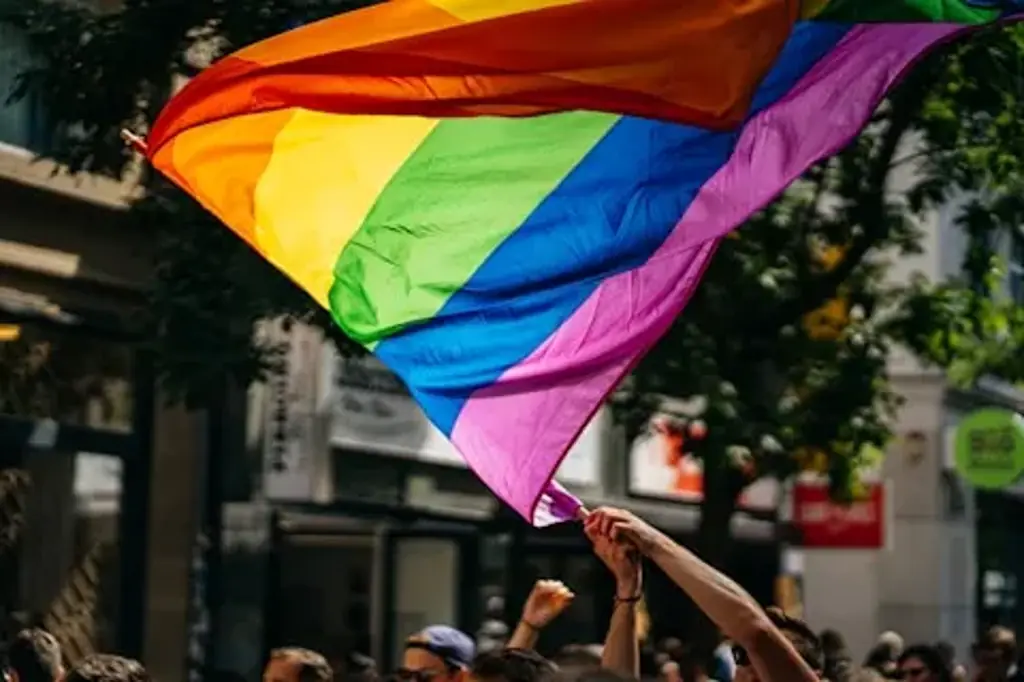
Elliot Page came out as transgender back in March, asserting "I'm fully who I am".
He is now one of the most famous transgender people in the world. After his announcement, Page gained 400,000 followers on Instagram, countless think-pieces were published, and directors reached out, wanting to cast him in their films. But there was, disappointingly, a conservative backlash.
Following the actor's decision to share his first topless photo following his transition, some people have sadly responded by publishing before and after pictures – which is not okay.
VT spoke to three trans individuals about their stance on this. While their personal views on the matter vary — they are united in the belief that sharing such photos without the person's consent is deeply disrespectful to their present gender identity.

Captain Cat Burton (she/her), 68, former British Airways Pilot
Captain Cat Burton worked for British Airways for 45 years as a man, before coming out as trans to her colleagues when she was 58.
"If you do a Google search for Cat Burton, British Airways, you'll find a dozen or more articles about me," she tells VT. "If you look at the oldest one, you'll find that the words are actually quite good. I didn't caution the use of photographs, however. They asked me to supply some photos, which I did, but they also searched and found old photographs of me. So when the article came out, there was a photo of me smoking a pipe with a moustache, in the 1980s.
"I'm a pretty robust individual, so it wasn't a crushing blow, but I wished they hadn't used photos without asking for my permission, because that person is still part of me, but that identity is dead. And in the same way that we say using someone's pre-transition name is 'dead-naming', effectively using a pre-transition photo is 'dead-facing'.
"It's a really funny sensation to describe. It's just something that you've put so far behind you."

Verity Smith (he/him), 39, Sports Inclusion Officer, Mermaids
Verity started his transition five years ago, at the age of 34. At the time, he was outed in the news for playing elite women's rugby.
Speaking about the prevalence of before and after pictures, Verity stresses that it's up to the individual in question to consent to them being used: "For some people, it’s about getting as far away from their past and leaving that part of their life and journey behind them.
"But for me it's a reminder of where I used to be, showing me how far I have come, and how much I've fought to be the man I am today.
"If you google me there are a lot of pictures through my transition. I am proud of where I have come from, but we are all individuals with different reasons for what we do, and that is not up for public interest or debate without our permission."

Alex Woolhouse (she/her), 25, Pro Bono & Legal Strategy Coordinator at Mermaids
Alex Woolhouse started transitioning when she was 21, and has lived full time as a woman since the age of 22.
"From a personal standpoint, I don’t mind people looking at pictures of me pre-transition because I look very different," she says. "It feels like I’m looking at a different person and it just isn’t a picture of me.
"I love looking at pictures of me as a toddler playing dress-up because it affirms my gender now – showing that I was always the princess that I am today. However, I wouldn’t want any potential partner to see them because I would never want them to think of me pre-transition or as anything other than a girl.
"I don't think it's a good thing when news publications show before and afters because sensationalises the process and focuses too much on the transition," she continues. "It also enforces a gender binary. I think as a general rule it's more respectful to just use current pictures and current names and pronouns and I prefer articles when they are drafted that way."














